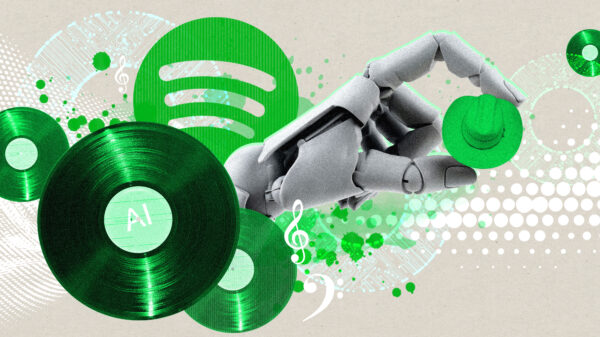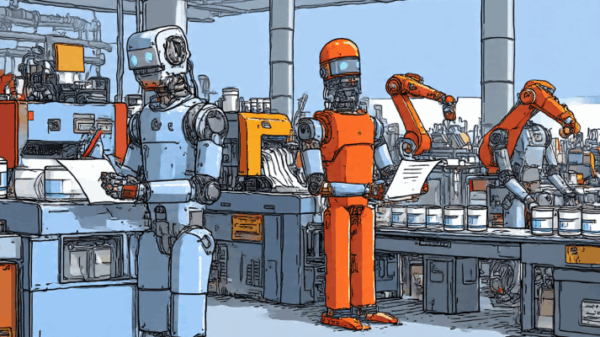URGENT UPDATE: A groundbreaking blueprint for artificial intelligence (AI) processing has just been announced, aiming to significantly reduce air pollution while extending the lifespan of servers. This development comes as the world grapples with the environmental toll of rapidly growing AI technologies, which demand enormous amounts of electricity and water to operate effectively.
As of October 23, 2023, industry experts report that traditional data centers, essential for powering chatbots, image generators, and streaming services, consume mind-boggling quantities of resources. With most of this electricity still derived from fossil fuels, the impact on air quality and climate change is profound. The environmental costs are escalating, prompting a pressing need for sustainable solutions.
The blueprint emphasizes smarter AI processing techniques that promise to lower both electricity and water consumption. This initiative not only targets the reduction of greenhouse gas emissions but also seeks to enhance the efficiency of servers, potentially extending their operational life. According to early estimates, implementing these strategies could reduce energy consumption by as much as 30% in the next five years.
Officials from leading tech firms and environmental organizations are rallying behind this initiative, highlighting its dual focus on innovation and sustainability. The Global Climate Action Coalition has expressed support for the framework, stating that “this is a crucial step in aligning technological advancement with environmental responsibility.”
The urgency of this development cannot be overstated. With global temperatures rising and pollution levels reaching alarming highs, the time to act is NOW. As AI continues to integrate into daily life, the call for cleaner, more efficient processing methods becomes increasingly vital.
In the coming weeks, stakeholders will gather at the International Tech and Sustainability Summit in San Francisco to discuss the implications of this blueprint. Key players in the tech industry, along with environmental advocates, will explore how these new strategies can be implemented on a global scale.
As this story unfolds, the potential human impact is significant. Cleaner air means healthier communities, particularly in urban areas where pollution levels are often highest. Families and individuals can expect a direct benefit from innovations designed to mitigate the detrimental effects of technology on our environment.
Stay tuned for more updates on this developing story as authorities and industry leaders work together to reshape the future of AI technology towards a more sustainable model. This initiative marks a pivotal moment in the quest to balance technological progress with the preservation of our planet.






































































